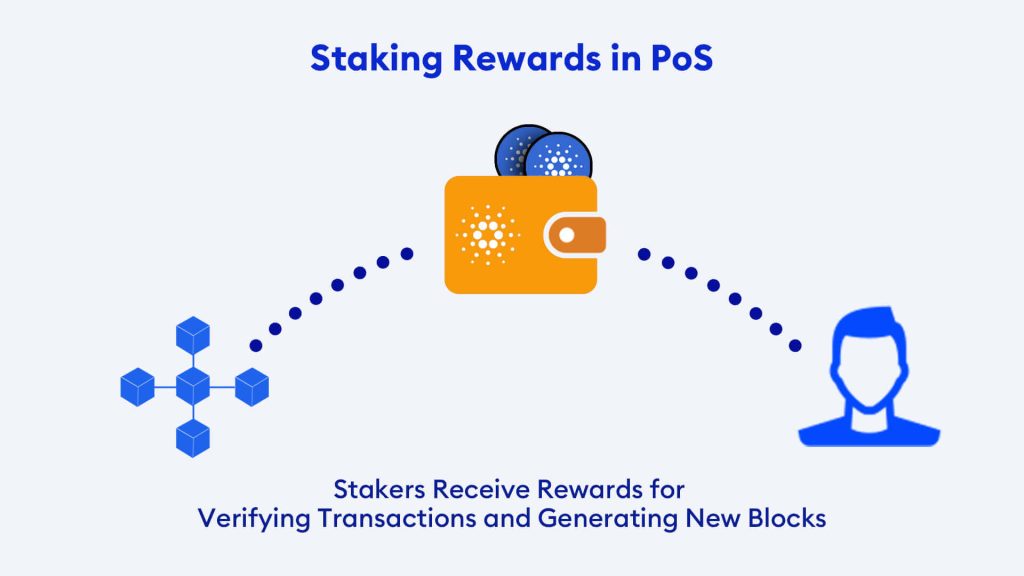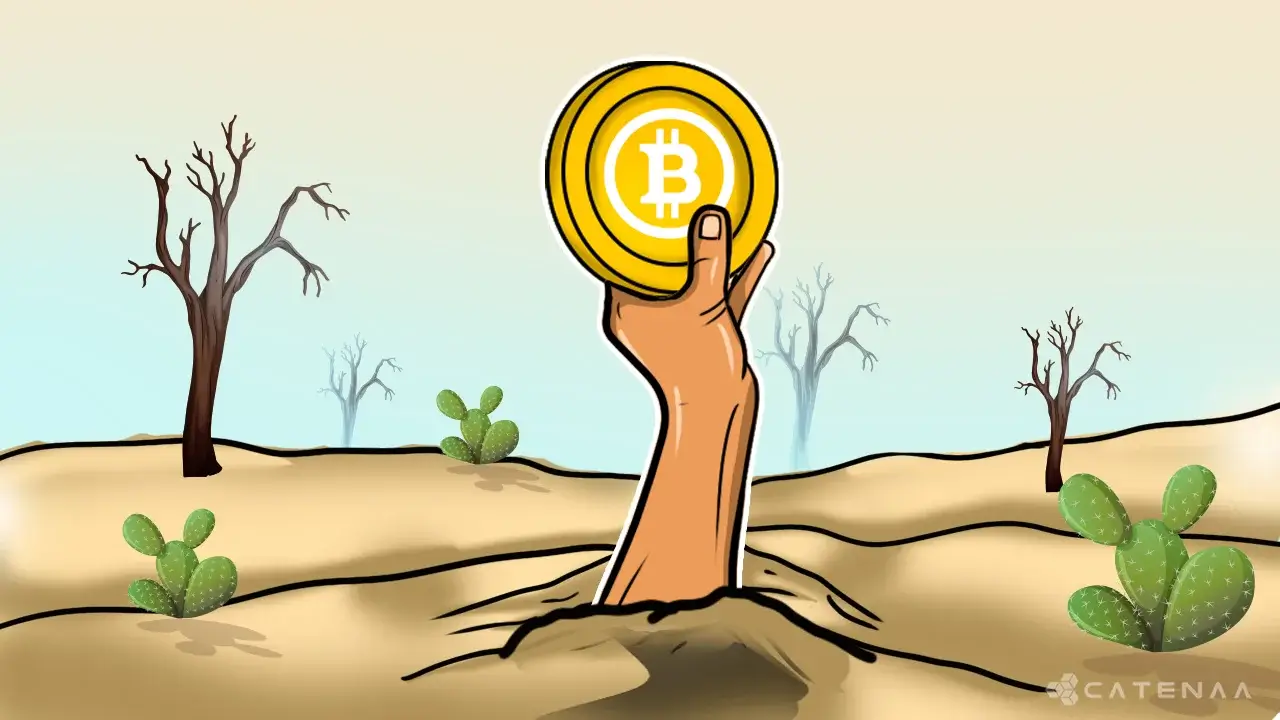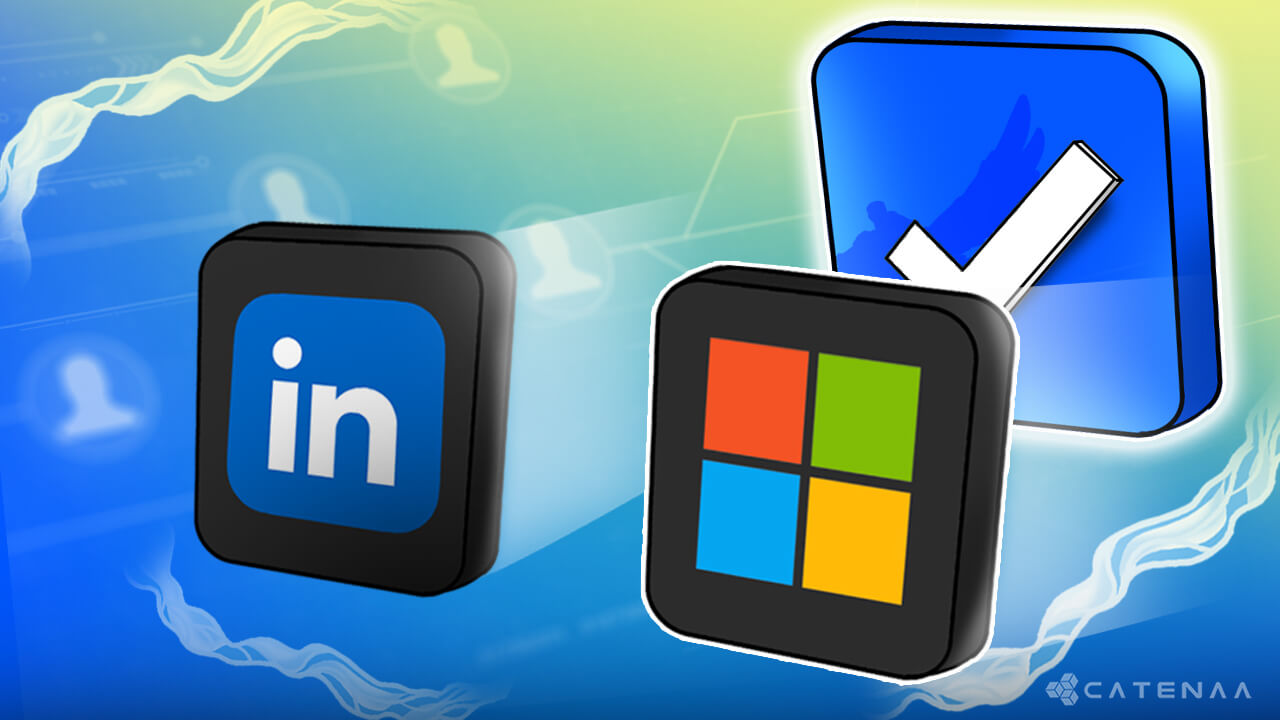Table of Content
M2 calculates the money supply in the United States.1 2 It shows a record of increasing 40% since January 2020.3 What do you think about this, and do you know why this happened? This happened because when currencies do not have clear regulations around the total supply cap, the ruling government will print the money according to the scenarios and chaos of the country. Therefore, it will directly lead to inflation. Thus, the creator of Bitcoin created a cap of 21 million as a definite number.
When the 21 millionth bitcoin is mined, it will mark the completion of the Bitcoin block reward era. From then on, no more new bitcoins will be created and added to circulation through the mining process.
However, this does not mean that the Bitcoin network will stop functioning or that the value of Bitcoin will necessarily decrease. On the contrary, Bitcoin will continue to be traded and used as a currency and store of value, and the network will continue to be secured by miners who will be rewarded with transaction fees for their efforts rather than with new bitcoins.
There is a chance that the overall number of bitcoins in circulation will fall below 21 million due to unclaimed or lost coins. Presently, over 18.7 million bitcoins are in circulation
as of December 2021. The process will persist after mining the 21 millionth bitcoin, but new bitcoins won’t be produced or included in circulation.
Why was BTC created?
The 2008 white paper by Satoshi Nakamoto outlined Bitcoin’s primary objective, which was to offer a decentralized and secure digital currency for transactions without requiring a central authority or intermediary.4 In addition, Satoshi Nakamoto acknowledged the susceptibility of traditional financial systems to fraud, censorship, and abuse and aimed to establish a more transparent, secure, and resilient system against such attacks.
To achieve this, Satoshi Nakamoto developed the concept of a decentralized ledger, known as the blockchain, which would record and verify all Bitcoin transactions. The blockchain would be maintained by a network of computers, or “nodes,” that would work together to validate and record transactions, ensuring the integrity and security of the system.
Besides offering a secure and decentralized transaction medium, Bitcoin introduced the notion of “mining.” This process involves using computer power to solve intricate mathematical problems, verify transactions, and append new blocks to the blockchain. The remuneration for a miner’s effort is a modest quantity of new Bitcoins, which incentivizes the network and sustains its security.
Overall, the creation of Bitcoin was driven by a desire to create a more secure, transparent, and decentralized financial system that could operate independently of traditional financial institutions and intermediaries.
Why the 21 Million cap?
Bitcoin’s total quantity is restricted to 21 million units as per the original code of the cryptocurrency established by its creator, Satoshi Nakamoto. The objective of this restriction is to introduce scarcity and thwart inflation.
In conventional fiat currencies, governments and central banks can produce an infinite supply of money, causing inflation and depreciation of the currency. Conversely, the set limit on the quantity of Bitcoin generated is intended to sustain its worth and purchasing power over time.
Satoshi Nakamoto opted to limit the supply of Bitcoin to 21 million to create a decentralized and transparent monetary system that would not be subject to the authority of governments or financial institutions. This cap is projected to be achieved approximately in the year 2140, after which no new bitcoins will be generated.
Stakeholders of the Blockchain network
- Users
- Users are the end-users who utilize blockchain applications through blockchain protocols and networks.
- Validators
- Validators are the network nodes that help validate transactions inside the platform before they go into the permanent ledger.
- Miners and Stakers
- Miners are the block validators for the PoW blockchains, and Stakers are for PoS blockchains.
How they are getting rewarded
Miners and people who opt-in for staking [stakers] play a crucial role in upholding the integrity of a blockchain network by verifying transactions and appending them to the publicly accessible ledger, commonly referred to as the blockchain. As compensation for their contribution, they receive cryptocurrency rewards.

In a proof-of-work (PoW) blockchain like Bitcoin, miners are responsible for verifying transactions and producing new blocks by resolving intricate mathematical problems, necessitating specialized computer hardware and consuming substantial amounts of electricity. Once the block is confirmed, it is appended to the blockchain, and the miner is compensated with a specific amount of cryptocurrency. This compensation is referred to as a block reward and is the principal means through which new coins are introduced into circulation in a PoW blockchain.
The block reward is designed to incentivize miners to continue participating in the network and compensate them for the resources they expend. It is also an essential mechanism for controlling the supply of cryptocurrency. In the case of Bitcoin, the block reward starts at 50 BTC and is halved every 210,000 blocks, which is every four years. This means that as more blocks are mined, and the supply of Bitcoin increases, the block reward decreases, making it increasingly difficult for miners to earn a profit.
Stakers, in contrast, engage in a proof-of-stake (PoS) blockchain where they confirm transactions by “staking” their cryptocurrency. Rather than resolving complex mathematical problems, stakers must keep a specified amount of the cryptocurrency in a wallet and operate a node to verify the transactions and add them to the blockchain. In exchange for their contribution, stakers receive a portion of the transaction fees and a reward for generating a new block.
The compensation for stakers is usually lower than miners in a PoW blockchain, but the method is far less resource-intensive as it doesn’t require specialized hardware or consume vast amounts of energy. This makes it more feasible for a broader range of individuals to participate and allows for a more decentralized network.
What is the implication after 21 million Bitcoins?
As for the implications of the 21 million Bitcoin cap, it means that once all 21 million Bitcoins have been mined, there will no longer be any block rewards for miners. This could significantly impact the mining profitability, as the block reward is the miners’ primary income source. Transaction fees will likely become a more critical revenue source for miners once the block reward is no longer available.
Remember that the 21 million Bitcoin limit doesn’t guarantee that all 21 million Bitcoins will be in circulation. Some coins may need to be recovered or claimed, which could decrease the total supply. Furthermore, the appreciation in the value of Bitcoin over time may offset the loss of the block reward for miners.
Overall, the reward structure for miners and stakers is an essential mechanism for maintaining the security and integrity of the blockchain network. It is designed to incentivize participation and compensate participants for their efforts while controlling the cryptocurrency supply. As the 21 million Bitcoin cap approaches, the reward structure will likely evolve to continue supporting the network and its participants.
Relation between blocks and reward
Halving – 4years, 210000 blocks
The role played by Bitcoin miners is critical in the Bitcoin network by using specialized hardware to verify and add financial transactions to the blockchain. Blockchain is the decentralized ledger that records all Bitcoin transactions. When miners successfully add a new block of transactions to the blockchain, they are awarded a certain number of bitcoins. This process of earning bitcoins through mining is the primary way new bitcoins come into circulation. However, the number of bitcoins awarded as a reward for mining a block is halved every four years in a process called “halving.”
Underlying algorithm
The algorithm used to limit the supply of bitcoins to 21 million is tied to the mining process, which is how new bitcoins are introduced to the network. Complex mathematical problems are solved through mining, resulting in new bitcoins added to the network. The algorithm controlling the supply of bitcoins ensures that the total number of bitcoins produced is limited to 21 million. This limit is expected to reach approximately 2140, after which no additional bitcoins will be generated through mining.
In this context, the rounding operator or the bit-shift operator refers to how the reward for mining a block is calculated. When a block is mined, the compensation is calculated as a fraction of a bitcoin. However, since bitcoins are divisible up to 8 decimal places, the reward must be rounded to the nearest whole number of bitcoins. For example, if the reward for mining a block is 0.12345678 bitcoins, the rounding operator would round this number down to 0.12345678 bitcoins.
- Measuring Money’ an article: https://pressbooks-dev.oer.hawaii.edu/principlesofeconomics/chapter/27-2-measuring-money-currency-m1-and-m2/[↩]
- Board of Governors of the Federal Reserve System. Money Stock Measures: Federal Reserve Board – Money Stock Measures – H.6 – November 28, 2023[↩]
- A chart shows the historical data of United States Money Supply M2. The chart by trading economics: https://tradingeconomics.com/united-states/money-supply-m2[↩]
- Bitcoin: A Peer-to-Peer Electronic Cash System by Satoshi Nakamoto: https://bitcoin.org/bitcoin.pdf[↩]


